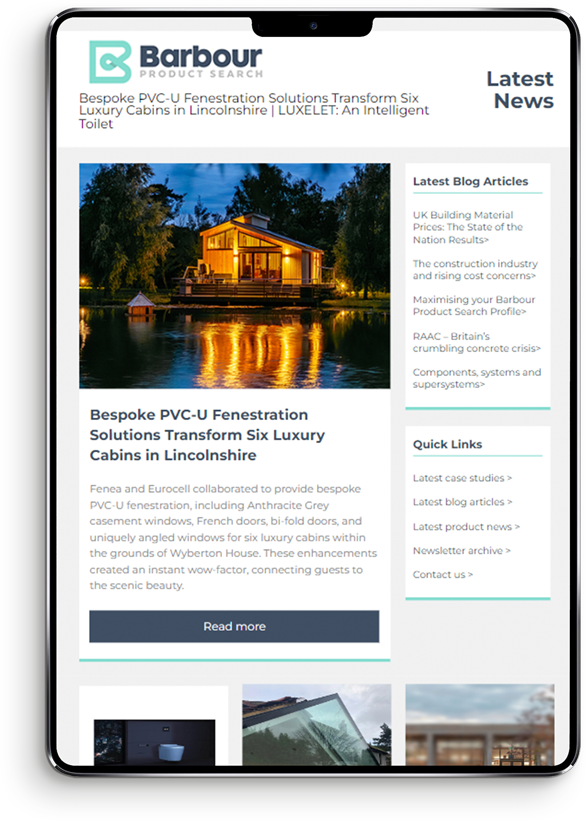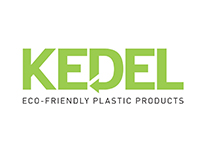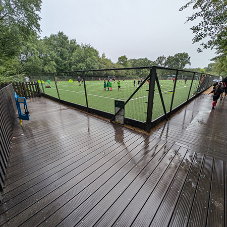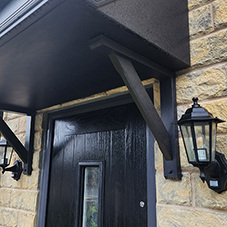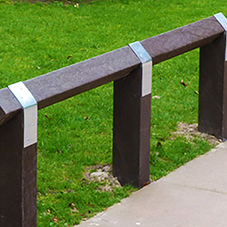Recycled plastic cladding is an increasingly popular alternative to timber or composite options. It gives you the warm, natural look of wood without the constant upkeep of painting or staining. At the same time, it is made from 100% recycled plastic, making it a sustainable choice that helps reduce waste going to landfill.
Installing Cladding: Tools and Materials
Getting the right tools together at the start will make the process run smoothly. Having everything on hand not only saves time but also ensures a more professional finish.
Measuring tape
Spirit level
Chalk line
Circular saw or fine-tooth blade (for clean cuts)
Drill or impact driver with suitable screws and plugs
Treated timber or aluminium battens for the subframe
Trims (corner trims, end caps and closure strips)
Safety gear (gloves, goggles, dust mask)
Silicone sealant (for weatherproofing where needed)
Preparation and Planning
Careful planning before installation will save time later. Think about the following steps before you get started on the installation.
Measure and mark out the wall
Begin by measuring the area you intend to clad. Mark the wall with chalk lines to guide board placement. This ensures straight lines and reduces waste when cutting.
Decide on orientation
Choose whether you will fit the boards horizontally or vertically. Horizontal boards often suit traditional homes, while vertical boards can create a more contemporary finish.
Install battens securely
Fix battens at regular centres, usually 300 to 400 mm apart, depending on the size and span of the cladding boards. Battens must be straight and firmly fixed to provide a stable base.
Plan for trims and joins
Think about corners, doors and windows before you start. Decide where trims and joiners will be needed so that the finished result is neat and balanced.
Allow for expansion
Recycled plastic cladding expands slightly with temperature changes. Leave a small gap, usually a few millimetres, at board ends and joins to accommodate this movement.
Why Choose Recycled Plastic Cladding Over Traditional Materials?
When selecting cladding for your home or commercial project, it is important to weigh up how different materials will perform over time. Timber and cement board are familiar options, but they come with maintenance demands, durability issues, or higher environmental costs. Recycled plastic cladding, on the other hand, offers a modern solution that balances strength, style and sustainability.
Learn more
How to Install Recycled Plastic Cladding: Step-by-Step Guide
| T | (01282) 861325 |
|---|---|
| E | sales@kedel.co.uk |
| W | Visit Kedel Limited's website |
| Oswald Street, Burnley, Lancashire, BB12 0BY |
Products by this Company
